Duterte On Arrest: What’s Next for His dynasty?
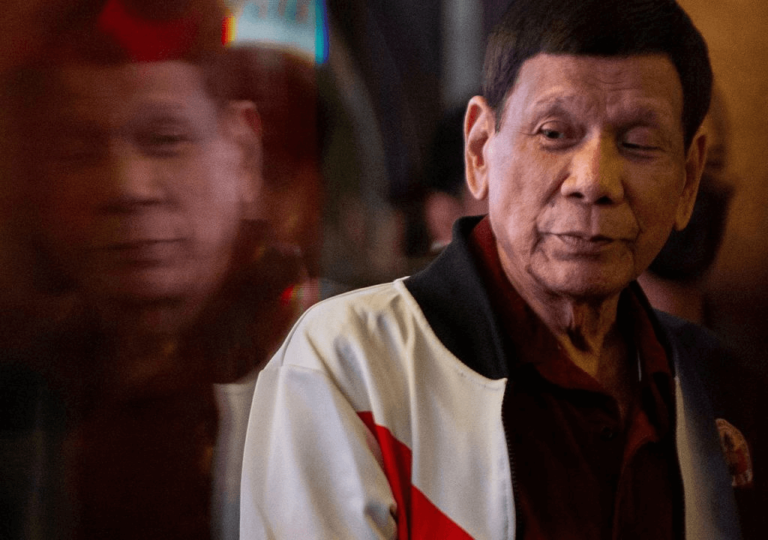
Former Philippine President Rodrigo Duterte’s arrest by the ICC could reshape his family’s political influence. Will his dynasty survive the legal and political fallout?

Former Philippine President Rodrigo Duterte’s arrest by the ICC could reshape his family’s political influence. Will his dynasty survive the legal and political fallout?

Syria’s Islamist government is shifting focus to the Alawites after Latakia clashes, raising concerns over sectarian tensions and religious minorities future.
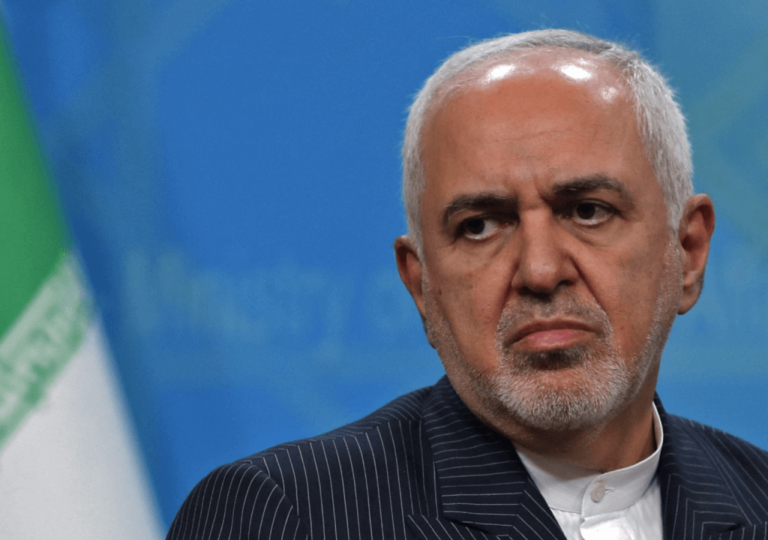
Iran’s reformist vice president has been removed, signaling a shift toward conservative control and a weakening chance of diplomacy with the West.
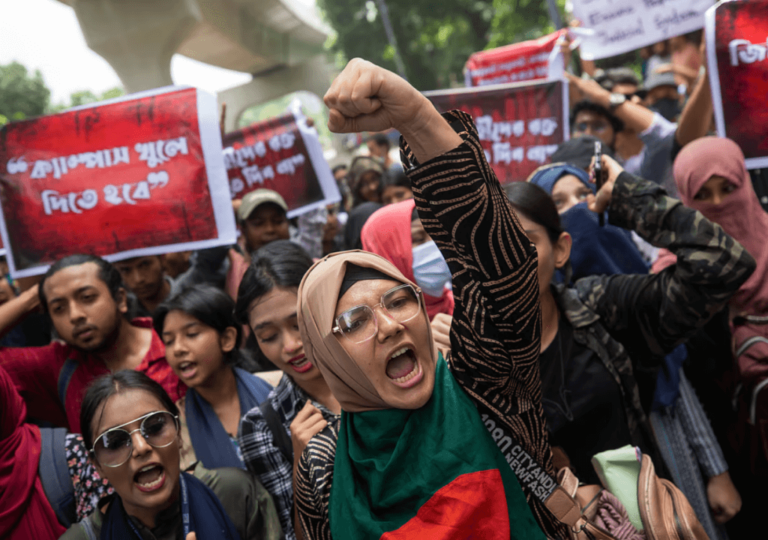
A student-led political party is preparing to challenge established forces in the next general election. Will these former activists drive real change or stir further unrest?
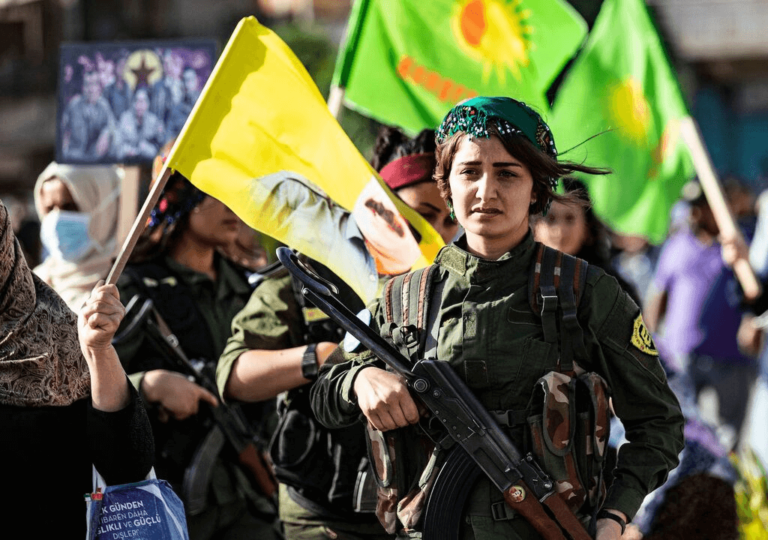
The PKK has laid down its arms after decades of conflict with Turkey. What does this mean for the future of Kurdish-Turkish relations?

As relations with Afghanistan deteriorate, Pakistan intensifies its crackdown on Afghan refugees, heightening tensions with Kabul.
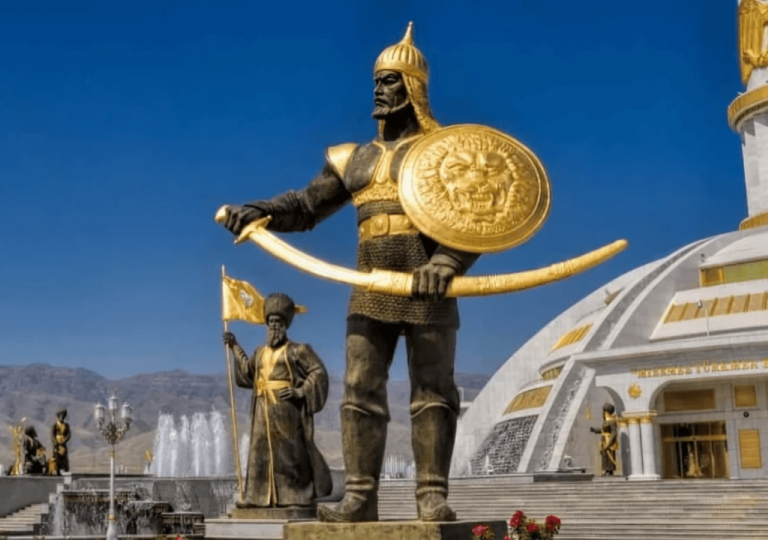
Turkmenistan is pushing to integrate into the Middle Corridor trade routes, seeking to expand its economic influence and boost regional connectivity. Will it succeed in reshaping its role in Eurasian trade?
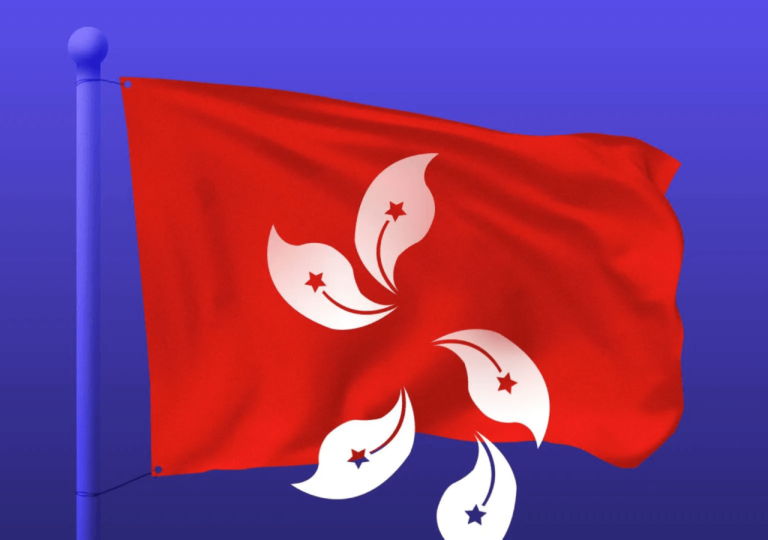
Hong Kong’s longest-standing opposition party, the Democratic Party, is set to dissolve, marking the end of an era for the city's pro-democracy movement amid Beijing's tightening control.
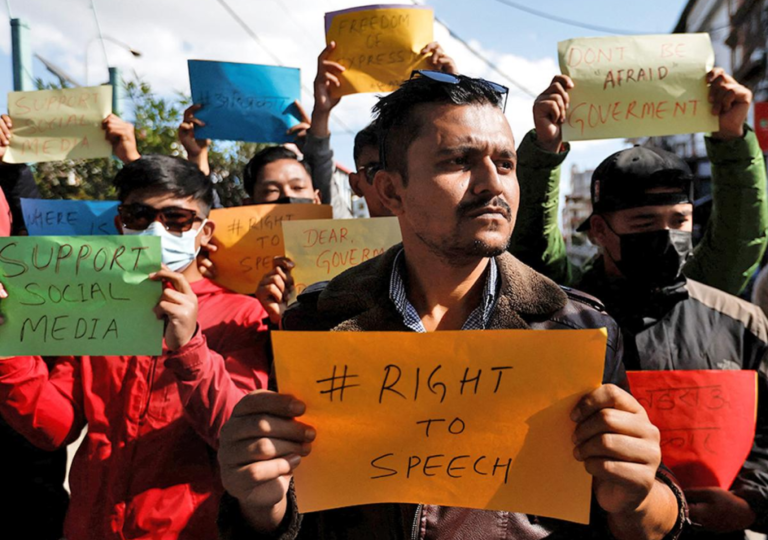
Nepal’s politicians are uniting to impose stricter social media regulations, with traditional media backing the move. What does this mean for free speech?
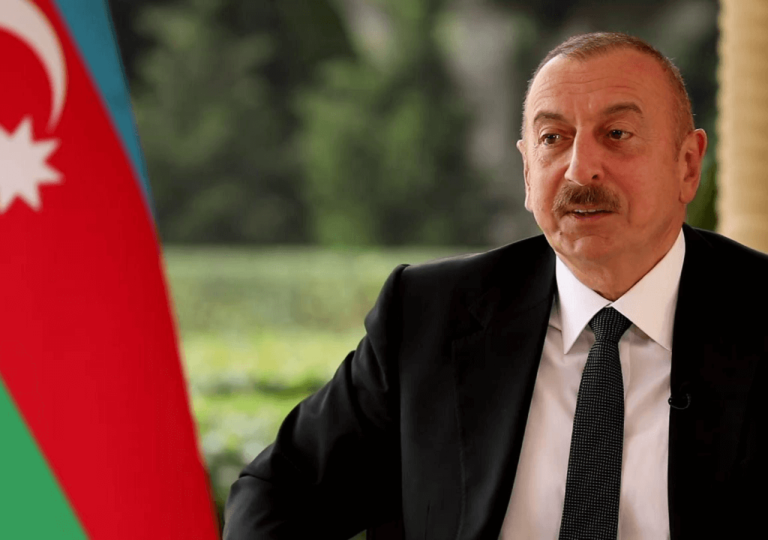
Azerbaijan’s rare defiance against Russia marks a shift in regional power dynamics. What led to this bold move, and what does it mean for Moscow’s influence?